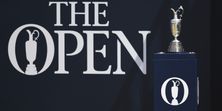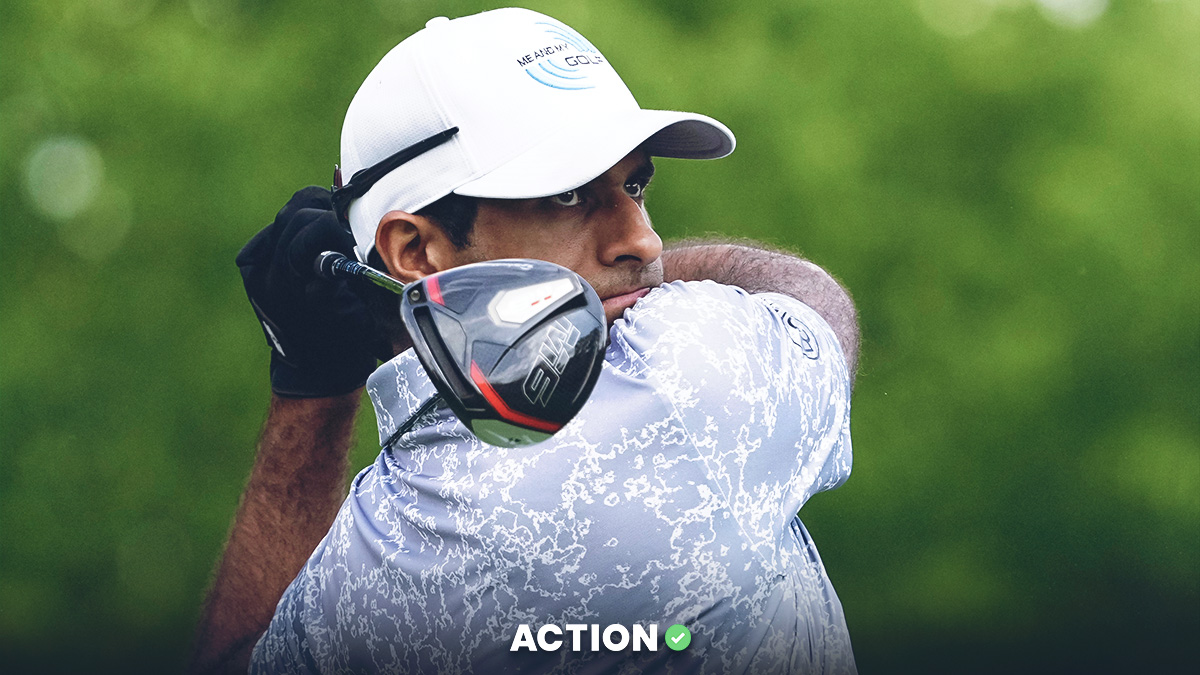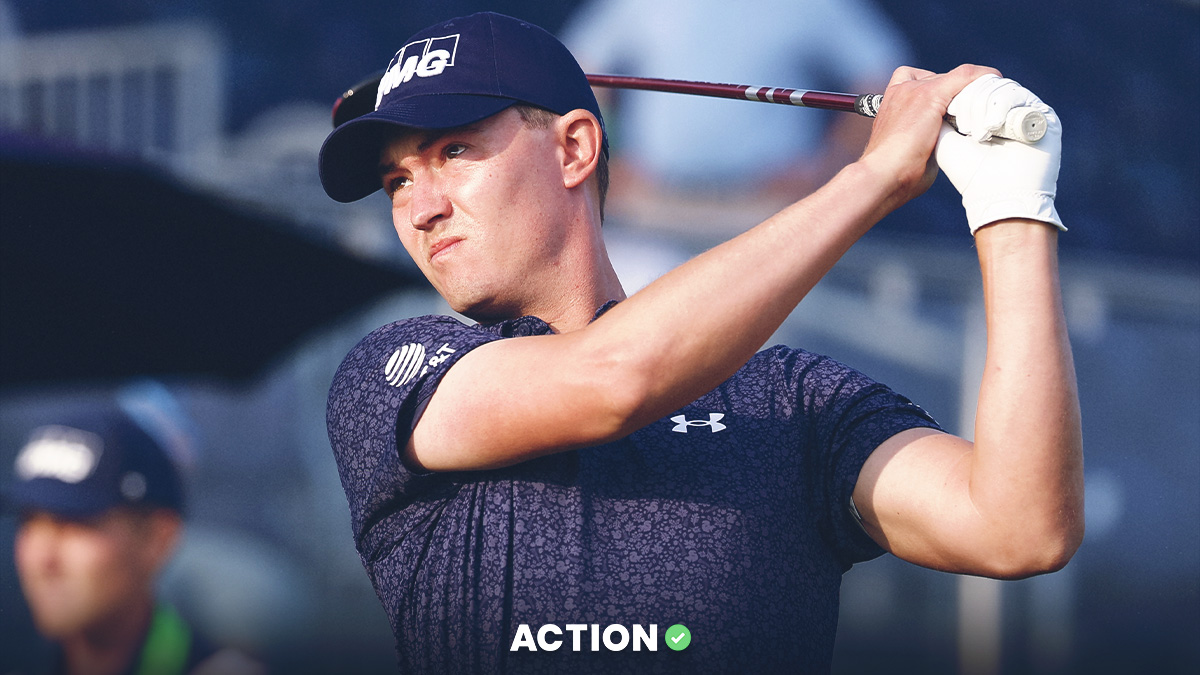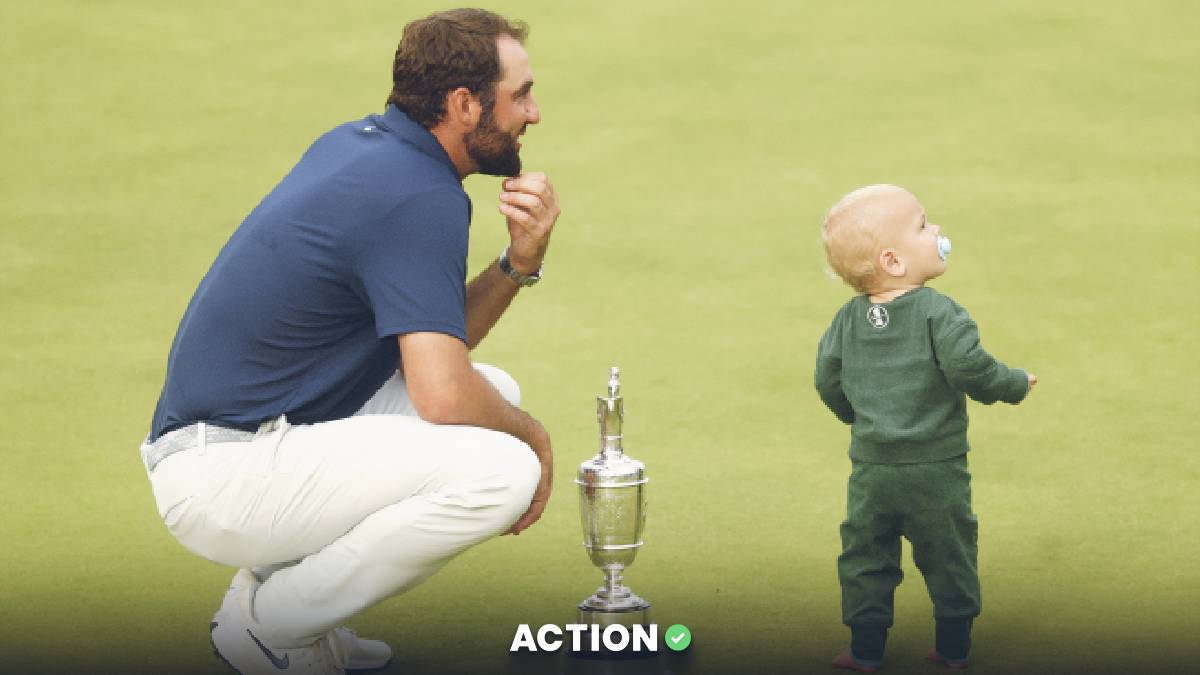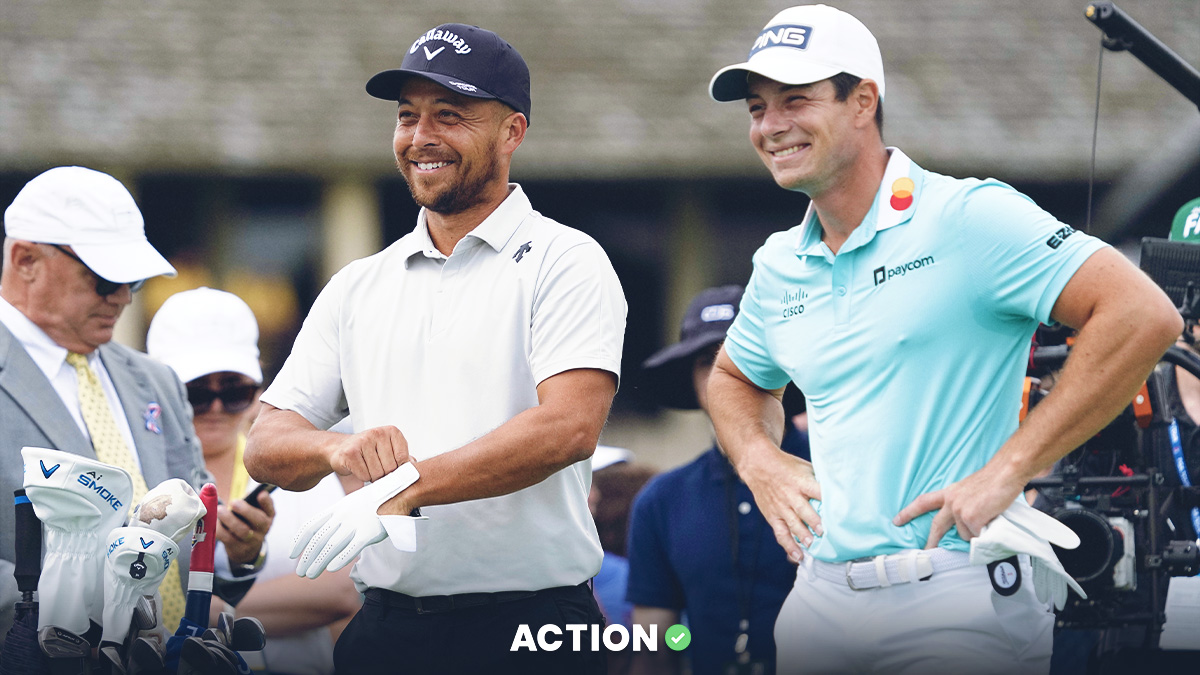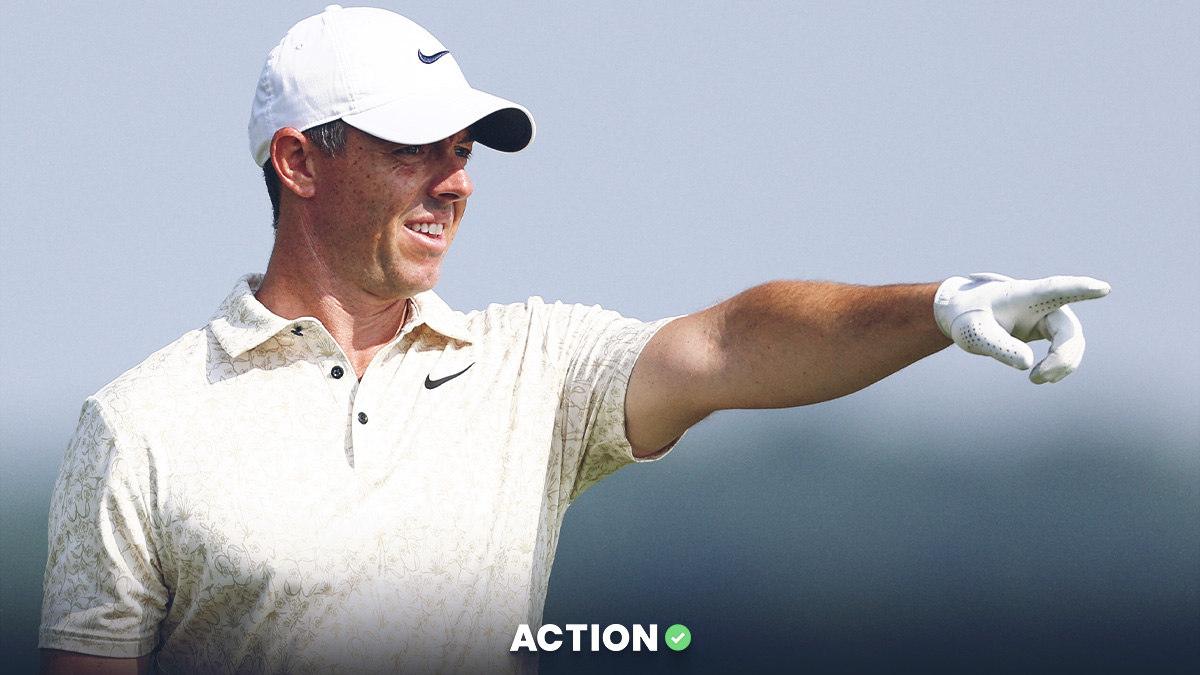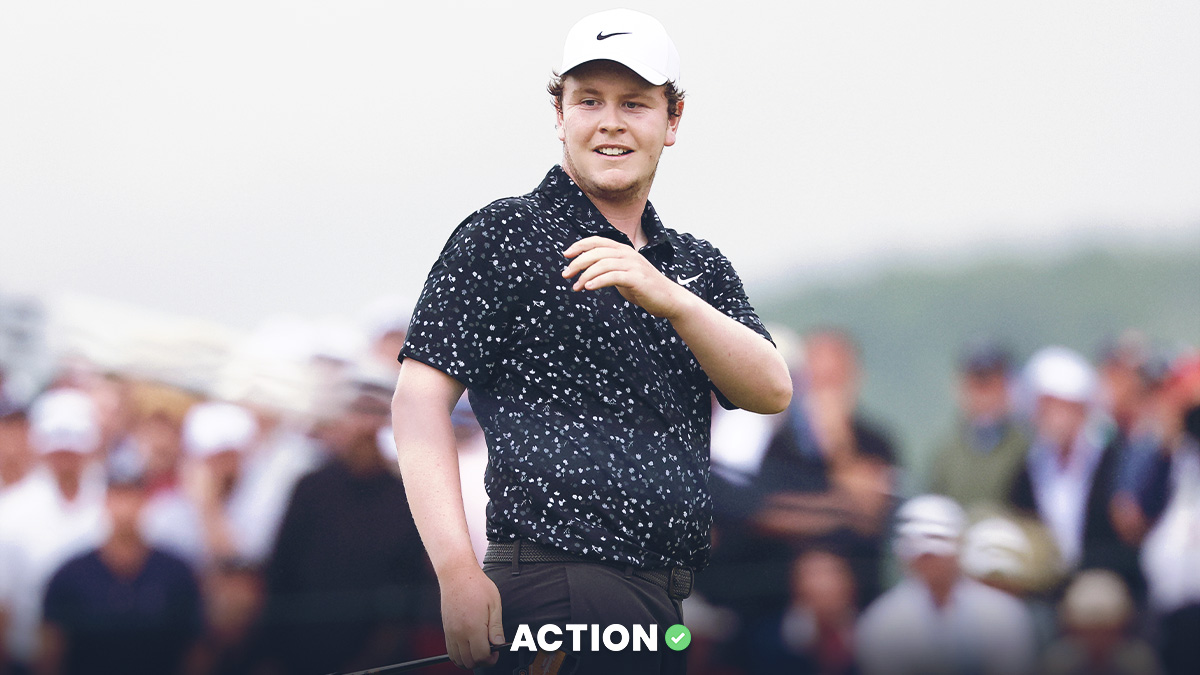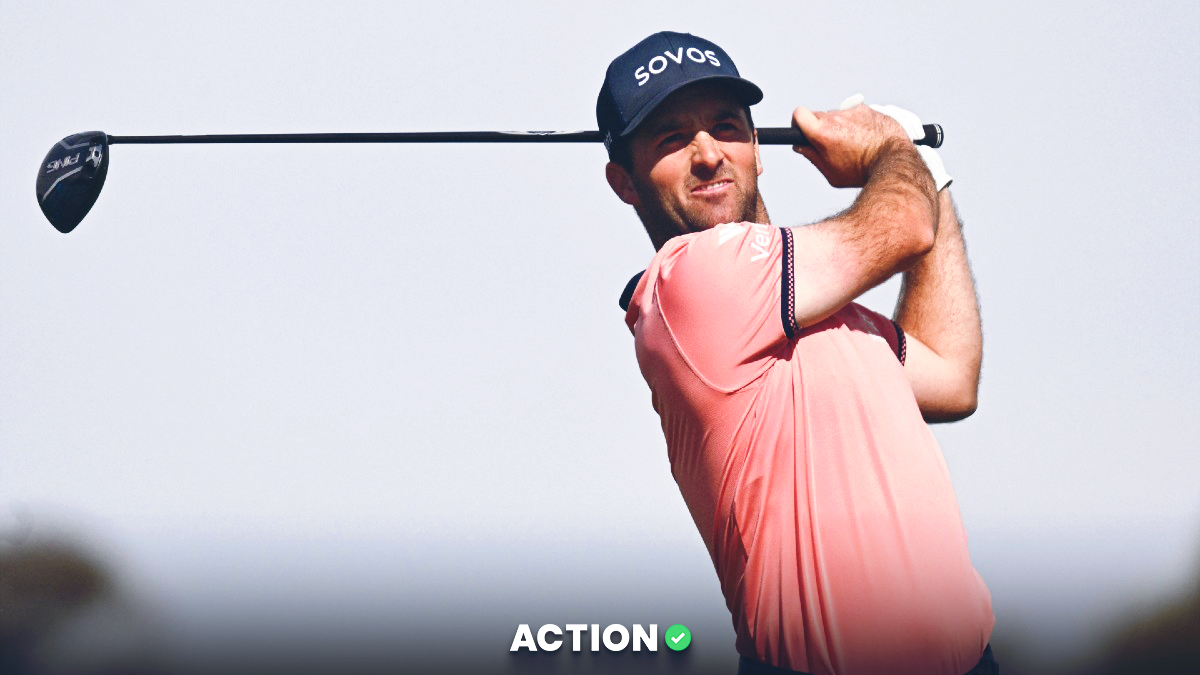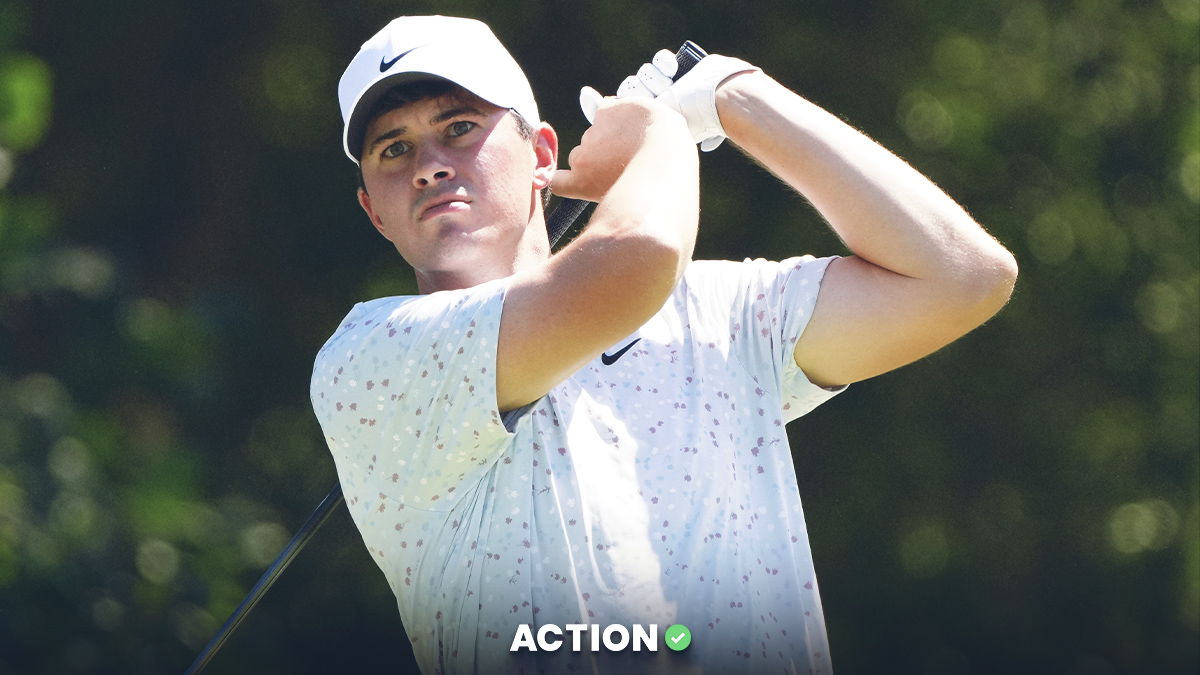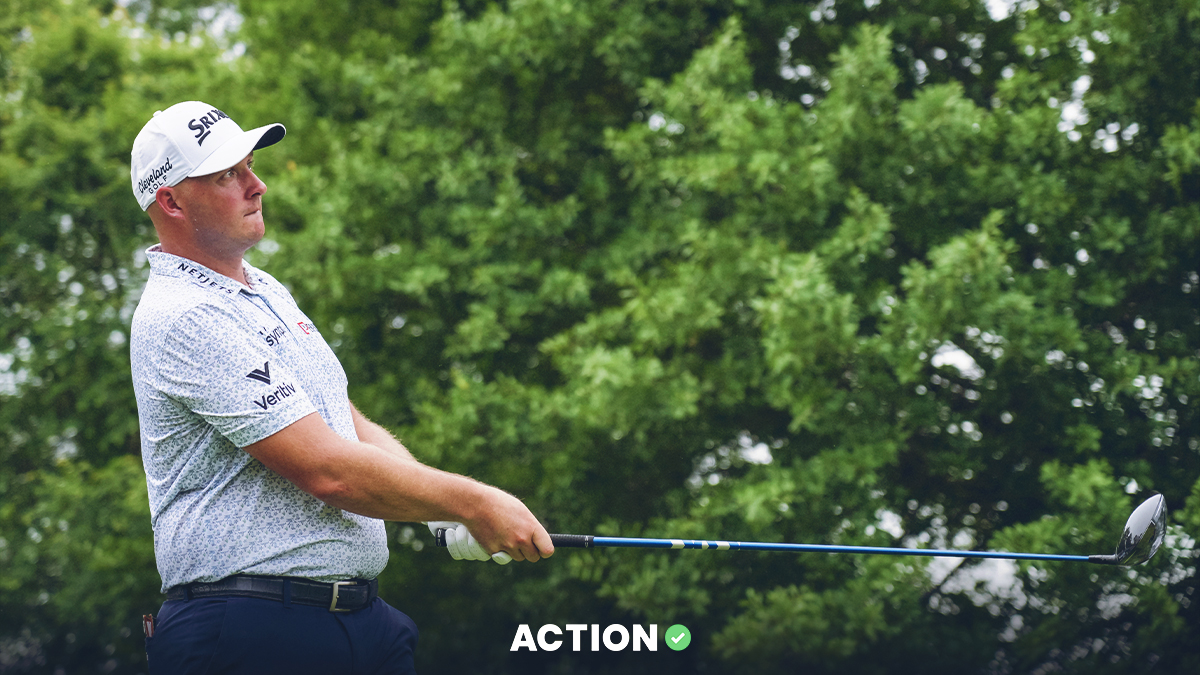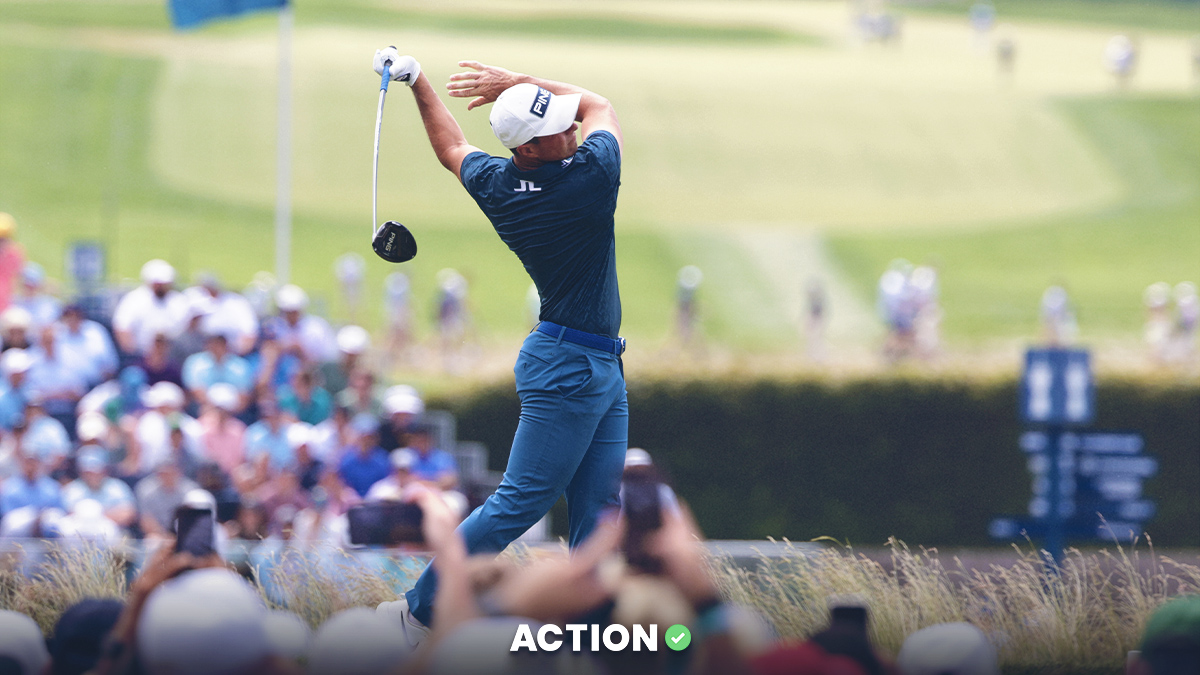Riddle me this, golf fans: Nate Lashley, who won the Rocket Mortgage Classic three weeks ago, received an exemption into The Open — and deservedly so. Dylan Frittelli, who won this past week's John Deere Classic, similarly received a spot — and he deserved it, too.
And yet, Matthew Wolff, who won the 3M Open, which was wedged between those two, is sitting home this week, an injustice that will prevent one of the game's most talented young golfers from competing, and will keep the rest of us from being able to watch him.
This has nothing to do with the 3M being a first-time event. (So was the Rocket Mortgage.) It has nothing to do with strength of field. (It was a close second between these three.) And it certainly has nothing to do with Wolff’s status on the PGA Tour. (He became a full-fledged member after the victory.)
I thought there were spots at 3M and I was playing! Haha
— Brendan Steele (@Brendan_Steele) July 14, 2019
The issue at hand is less about Wolff specifically and more about the qualification process for the year’s final major championship. Another example: Collin Morikawa finished T-2 at the 3M and T-4 at the John Deere, but didn’t qualify; Doc Redman, who was runner-up at the Rocket Mortgage, did.
These particular situations underscore a harsh reality that this is not a collection of the 156 very best players, but instead a more random selection of many of the best, some of the mid-tier and at least a dozen or two others who are punching above their weight.
All of which should have us asking the question: When is an Open a little too open?
Or more directly: Is the goal of an open tournament to placate the dreamers and grow the game by offering spots in qualifiers around the world, or is the goal to produce the best possible field of competitors?
The answer probably lies somewhere in between, which is acceptable, but right now it's skewed toward the former instead of the latter.
The reality is that the R&A offered up 46 exemptions through 13 different sites in its qualifying series. It’s a smart idea. If a player wants to earn a spot, he can play a specific qualifier and get into the field. But there are also spots available at professional tournaments that serve as their own qualifiers. On the PGA Tour, there were four: The Arnold Palmer Invitational (three exemptions); the RBC Canadian Open (three); the Rocket Mortgage (two) and the John Deere (one).
Why the API, played four months ahead of The Open? A shrewd observer might suggest because of a certain sponsorship tie-in. Why the RBC? Same answer. Why not the 3M? Good question. Why only one at the Deere? Another good question.
After all, the top three players not already in the field were able to qualify at the Scottish Open. How come? One might concede that the R&A is simply providing for the home tour, but that makes little sense; that organization’s ties to the European Tour are analogous to the USGA’s connection to the PGA Tour, which is to say, officially indirect.
I could also float an unsubstantiated theory that the past three PGA Tour events were broadcast on an American television network which isn’t a rights-holder, while the Scottish Open was on NBC, which could directly promote The Open by continually discussing exemptions among the contenders.

Not that those three players don’t deserve it. In this case, it was Benjamin Hebert, Andrew “Beef” Johnston and Nino Bertasio, each of whom is in good form and could make a little noise at Royal Portrush.
Back on Nov. 18 — yes, exactly eight months to the day before this week’s opening round — Dimitrios Papadatos and Jake McLeod fired 67 and 66 to finish second and third, respectively, at the Australian Open, well behind winner Abraham Ancer. They will each cash in this week, despite combining for just two made cuts in the past three months.
So, would you rather watch those guys compete … or Wolff and Morikawa?
Don’t misconstrue this as sour grapes for not being able to include two of the game’s most exciting young players. Rules are rules and we shouldn’t bend them to suit our preferences.
The problem is that the rules are so damned inconsistent.
Australian Open? Sure, give a few spots. Singapore Open? Absolutely. Korea Open? Of course. 3M Open? Sorry, even though it’s contested on the world’s strongest tour and just two weeks beforehand, there are no exemptions.
In any other year, the R&A might’ve been able to avoid much criticism. With up-and-coming big-name players getting shut out, though, it should shine a spotlight on a process which feels too random, preventing some of the game’s hottest performers from competing in the year's final major championship.





